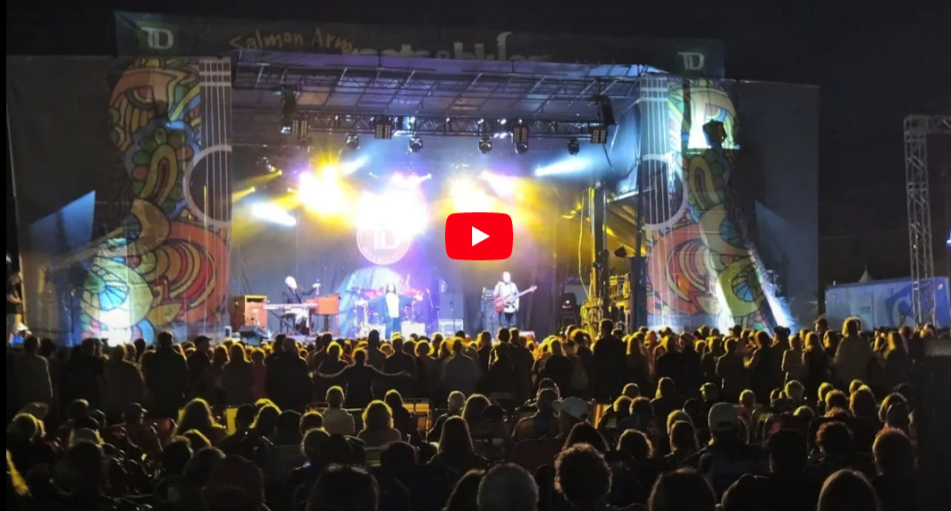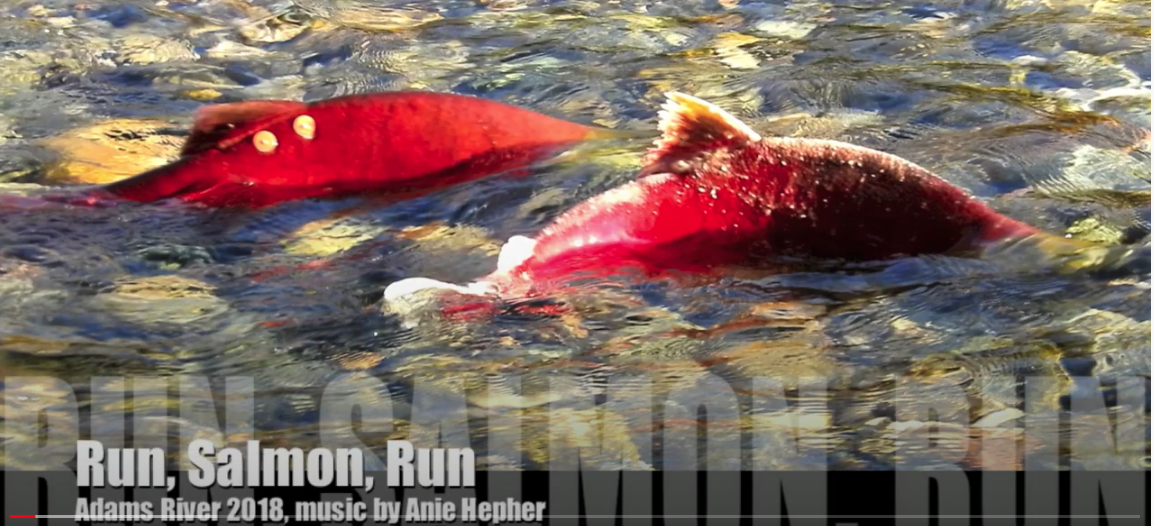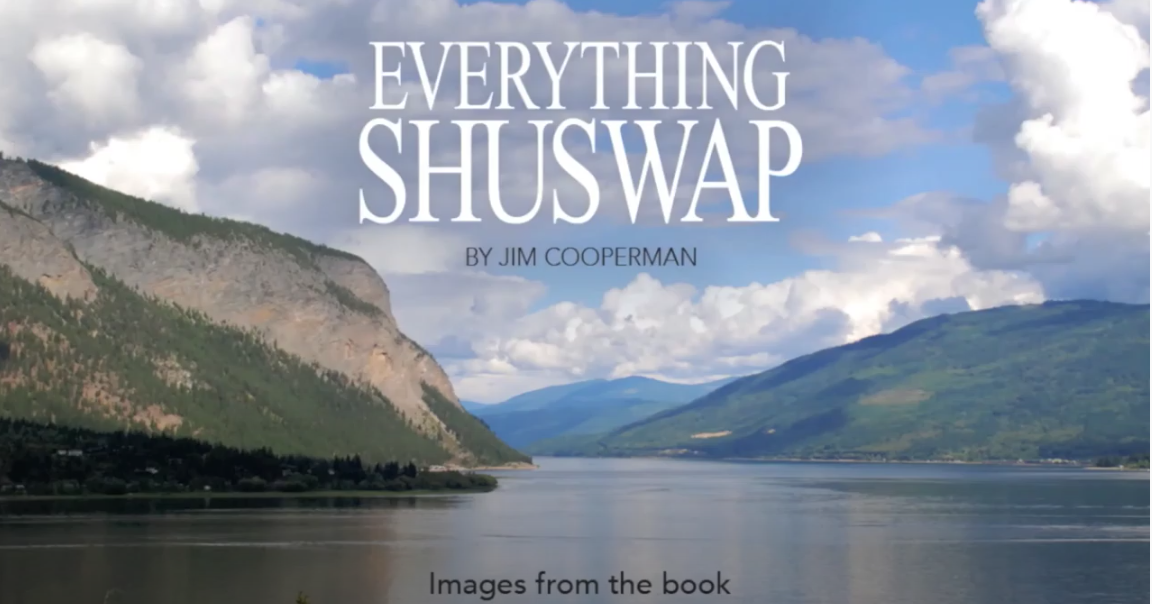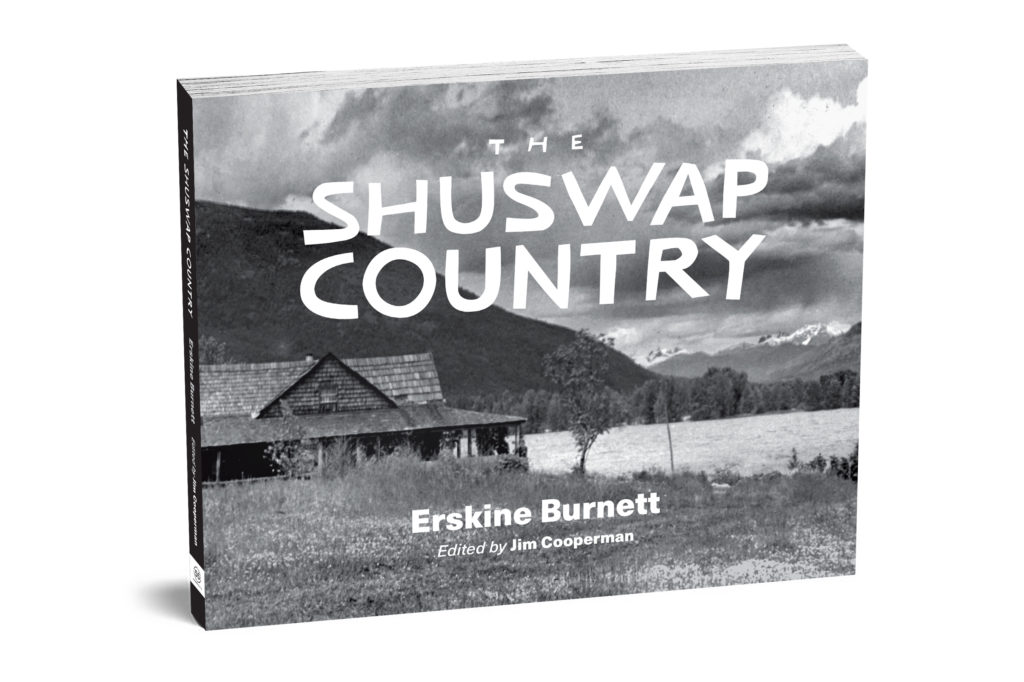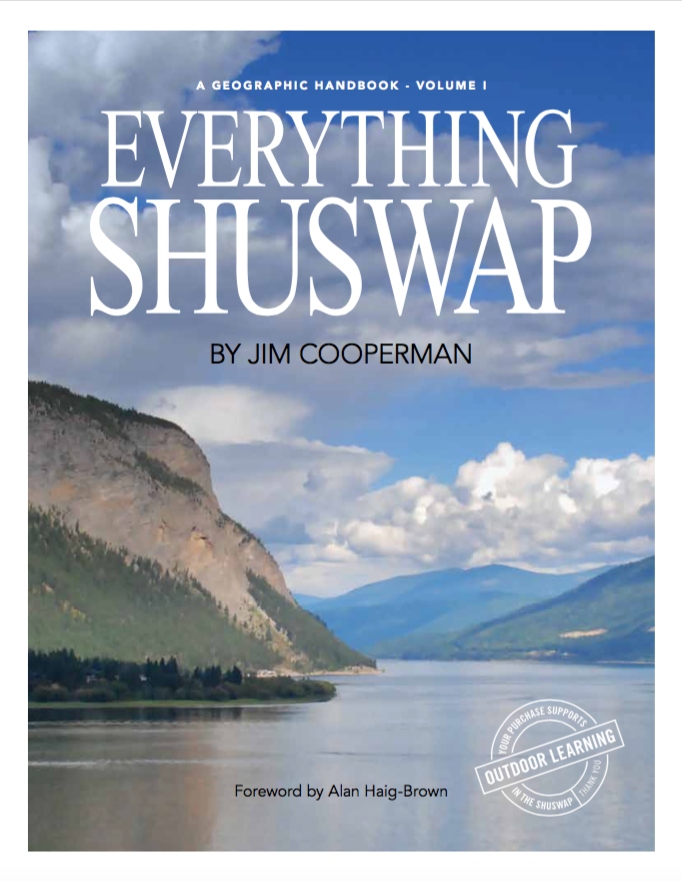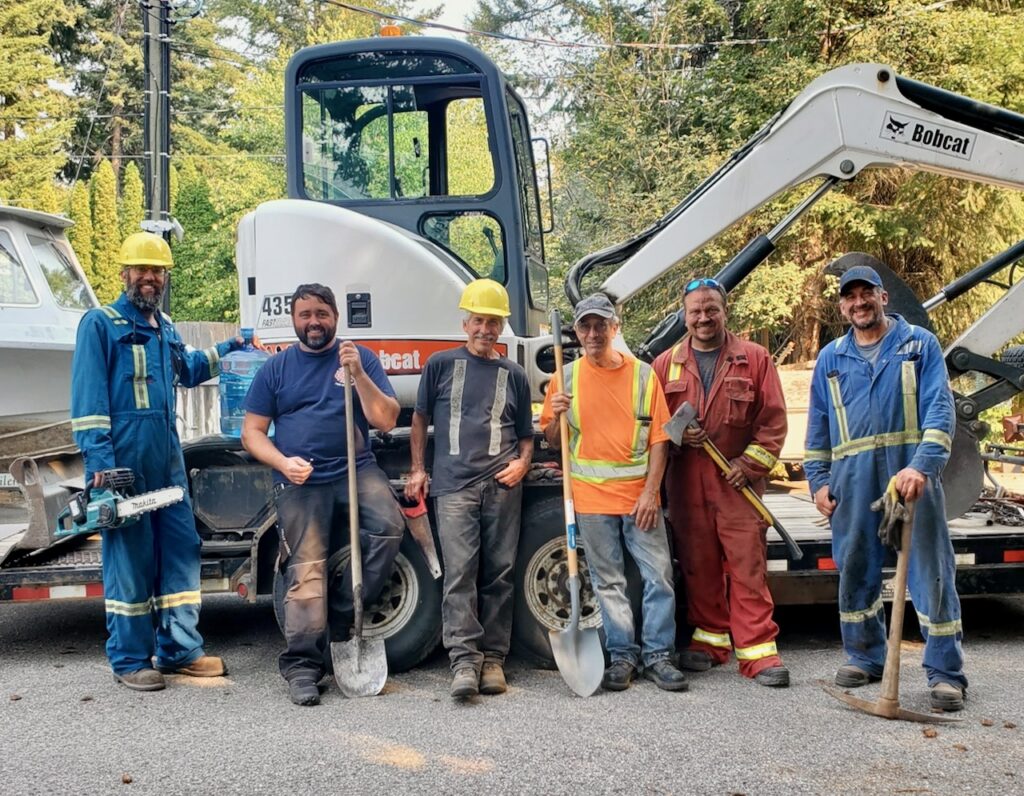
On August 17, 2023, at the request of the BC Wildfire Service (BCWS), Fire & Flood Emergency Services surveyed the community to prepare a plan for its protection. They arrived the following morning and set up a 3 km long, high-volume sprinkler system in Scotch Creek above Butters Road and in the fields adjacent to the highway. Their crew worked quickly to set up two 600 horsepower pumps on the beach below Thompson’s hill and two booster pumps. They laid a 30 cm wide pipe under the highway through a culvert, which connected to a series of water cannons between the homes on Butter’s Road and the hillside and in the field near the highway.

Also on the 17th, local Butter’s Road residents removed trees and brush from behind their homes and set up sprinklers and BCWS crews hooked up sprinklers on roofs. Later that afternoon, locals watched in amazement as a helicopter began lighting their controlled ignition, which began when a drum of fuel was dropped behind the powerline causing an explosion heard as far away as Eagle Bay. That night the hills were aflame as the backburn blew back toward the community.
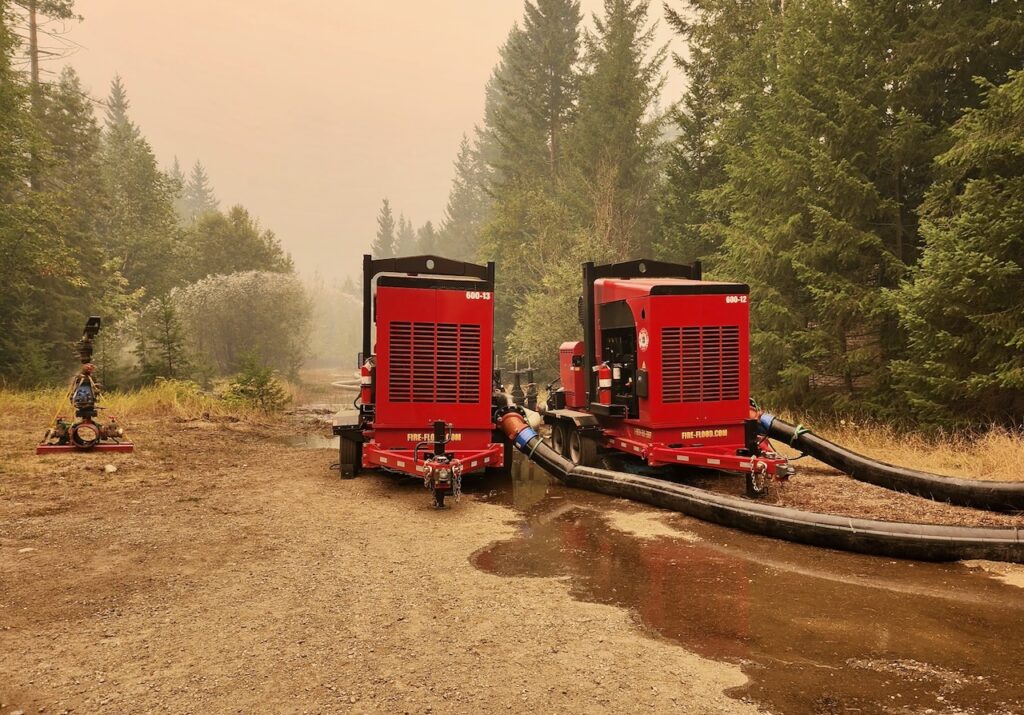
Just after noon on the 18th, the wildfire was spotted in the hills just above the community as Fire & Flood crews worked feverishly to complete the sprinkler system installation. Although it was not completed, the system was activated at 4:30 pm just after the fire was observed to be closing in. Soon, the water cannons created a protective moisture dome which stopped the fire from reaching the homes along Butter’s Road just one hour later. The last uncompleted section burnt as the fire moved along the highway destroying homes and buildings, including the fire station.

The Fire and Flood crew were ordered out by BCWS at 8:45 pm and they were forced to drive out through the flames. A few residents sheltered in place and when the winds died down later that evening, they emerged to spend the night dousing spot fires. The sprinklers had prevented the flames from reaching homes, but there was only enough diesel to keep the pumps going until early the following morning.

Since homes were still at risk from spot fires, residents worked together to bring more fuel and a special fluid to the pumps, which had to be re-primed. Initially, they added what they had on hand and was in their trucks, which did not last long given the pumps used 200 gallons per hour. Fortunately, arrangements were made with a local company to bring a fuel tanker to the beach, which kept the pumps going for many more hours.
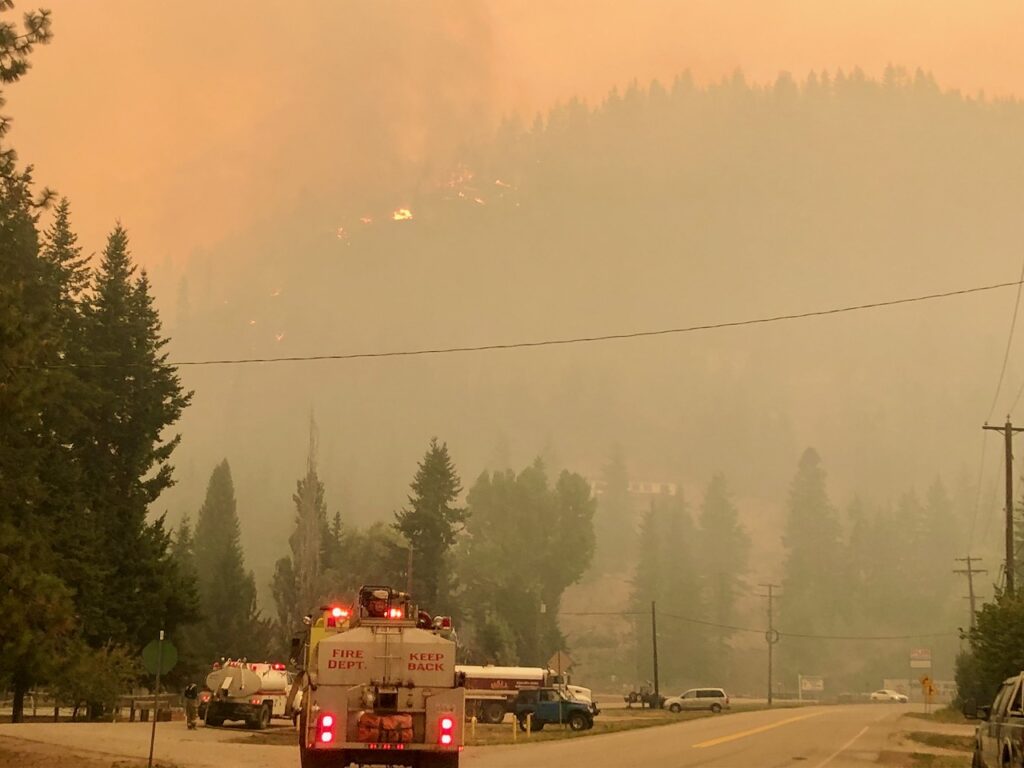
Over the following two weeks, with no BCWS crews anywhere in sight, approximately 40 community volunteers, including those who had returned on the 19th, worked tirelessly to put out spot fires. In the beginning, all the Butter’s Road group had to use was five-gallon water jugs and their trucks to move them. Generators were hooked up to household water systems, which provided more water, which along with the re-activated water guns prevented homes from burning. Soon their biggest challenge switched from fighting flames to dodging the police, who attempted to prevent them from accessing the fires or getting supplies under the pretext that they were thieves.
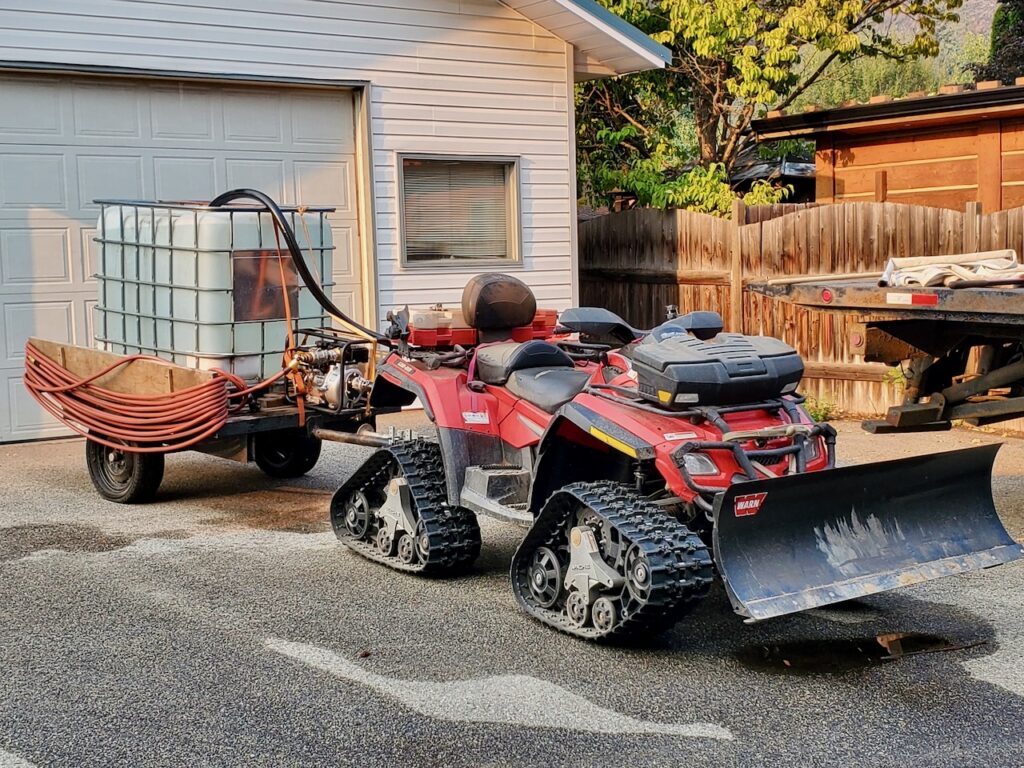
Thankfully, there was cooperation between these volunteers and the local fire department, including the many community fire trucks that had arrived from throughout the province. However, these trucks were not allowed to stretch their hoses past 50 feet, so an excavator and skid steer was used to construct a series of access routes behind Butter’s Road to allow for the fire trucks to reach the spot fires. They also used an off-road, homemade water delivery vehicle they called “Rogue One,” which was an ATV hooked up to a trailer on tracks with a 1,000-litre tote, pump and hose.
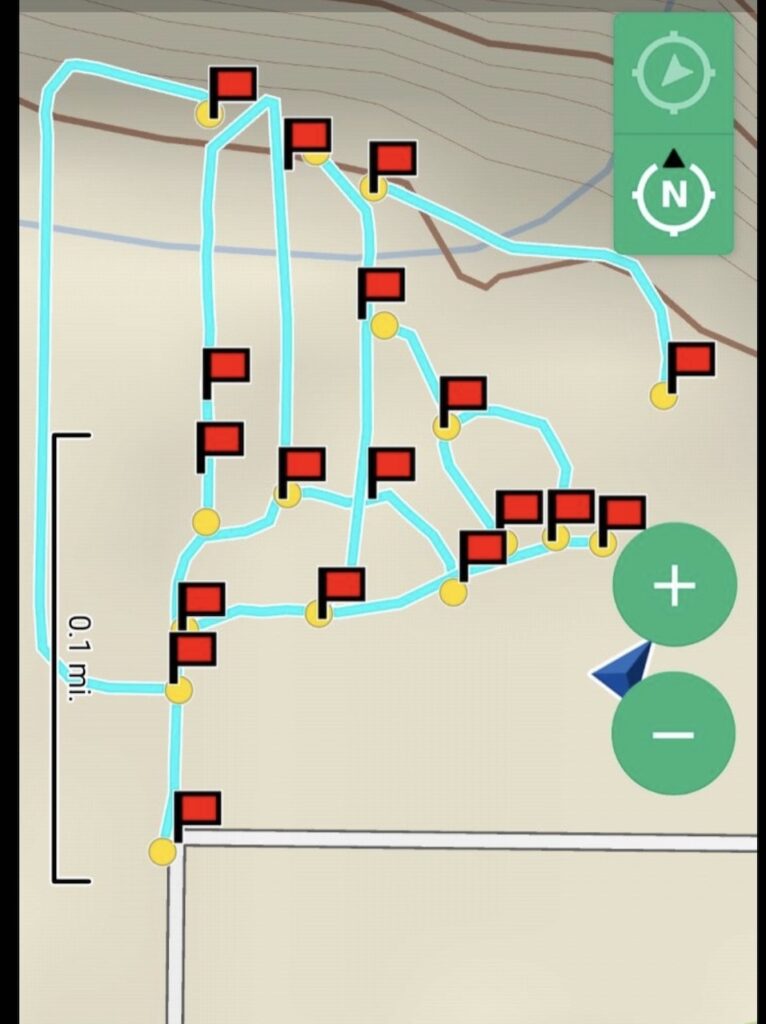
In retrospect, the intense damage caused by Shuswap firestorm was indeed preventable and when wildfire hits a rural community, it is the community members themselves who are best able to protect homes and properties. Massive sprinkler systems are effective at stopping even the most intense firestorm. However, it remains to be seen if the BC government will ever make the policy and administrative changes needed to better protect communities in the future as climate chaos intensifies.
POSTSCRIPT
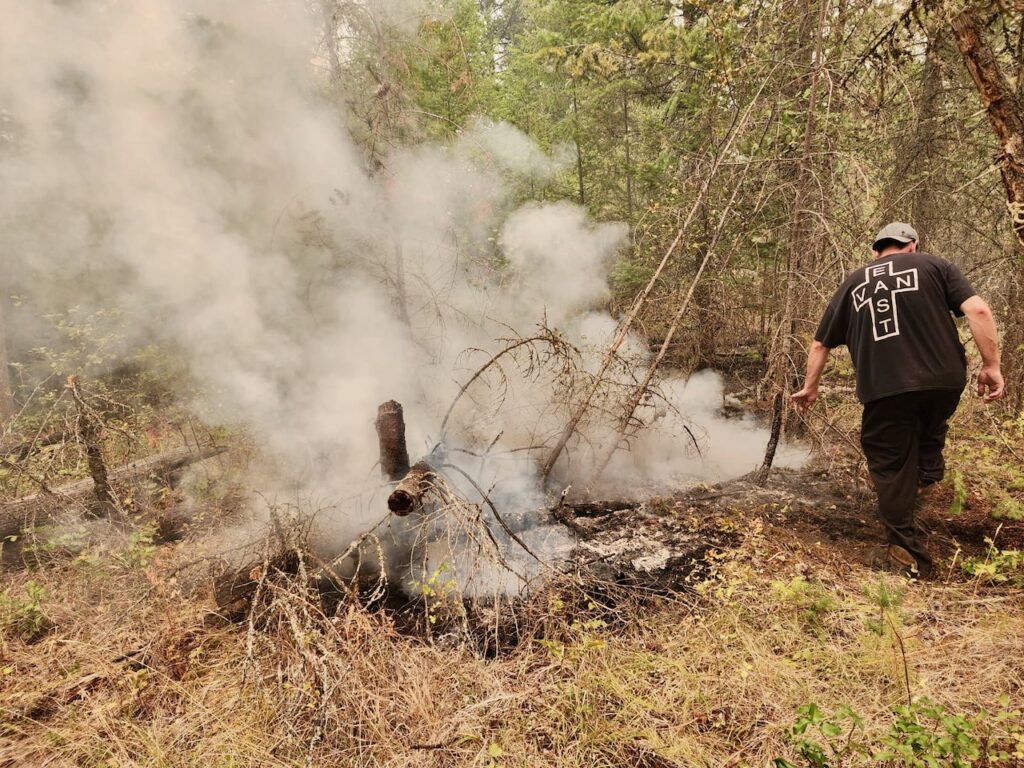
Following the firestorm, the BCWS repeatedly made claims about their equipment being stolen, yet locals explain that what had actually happened was that during the hasty departure, equipment was quickly thrown unto trucks and became unaccounted for. There was one case of some pumps stolen by a few “crackheads” in Magna Bay, but it was recovered by the police a few days later. The thievery claims were primarily used to help justify the police presence, who used their power to prevent more equipment, fuel and supplies from entering the North Shuswap.
There were approximately 40 residents who stayed in Scotch Creek and worked tirelessly, day and night. to douse spot fires and protect their properties. During the first week after the August 18th firestorm, approximately 10 residents worked on the fires behind Butter’s Road. After a week, many were stressed out due to the non-stop harassment by the RCMP, with some officers worse than others and many of these were from Vancouver. Some volunteers left after a week and others local took their places the following week. Typically, these teams put out approximately 50 spot fires per day.
Not one BCWS firefighter was seen in Scotch Creek, other than the structural protection crew that came to remove the sprinklers set up on each house. When these were removed, they did not take the time to shut off the valves, so when locals came to refuel generators to get the homeowners water going, much of it spilled out and in some cases, caused water damage.
To learn more, read the Case Study: The effect of a high-volume water delivery system on a fire run from the Bush Creek East Wildfire at the Scotch Creek Community, B.C. August 18th, 2023.

Volunteers lay hose behind Butters Road a day or two after the firestorm
